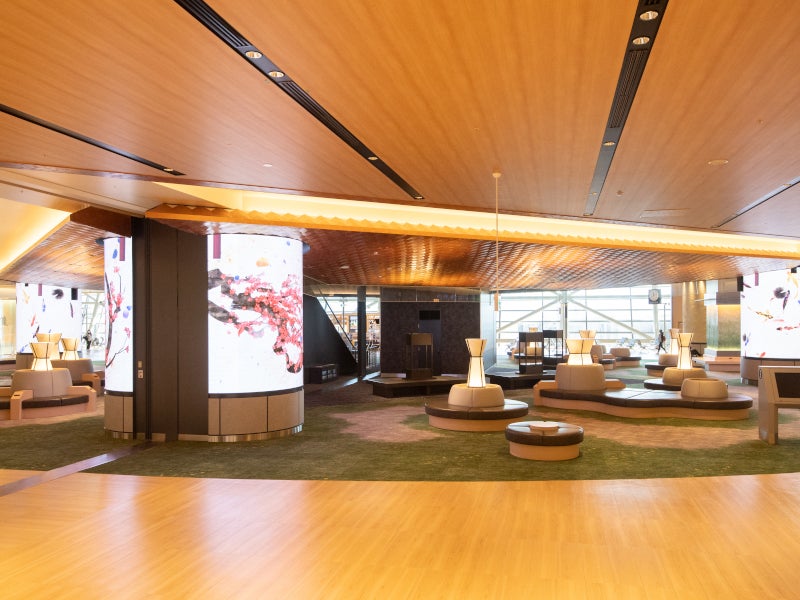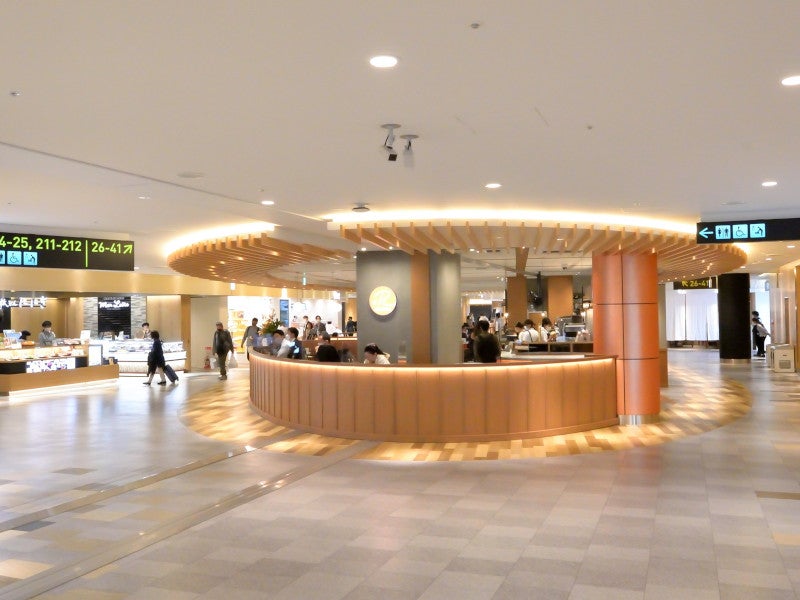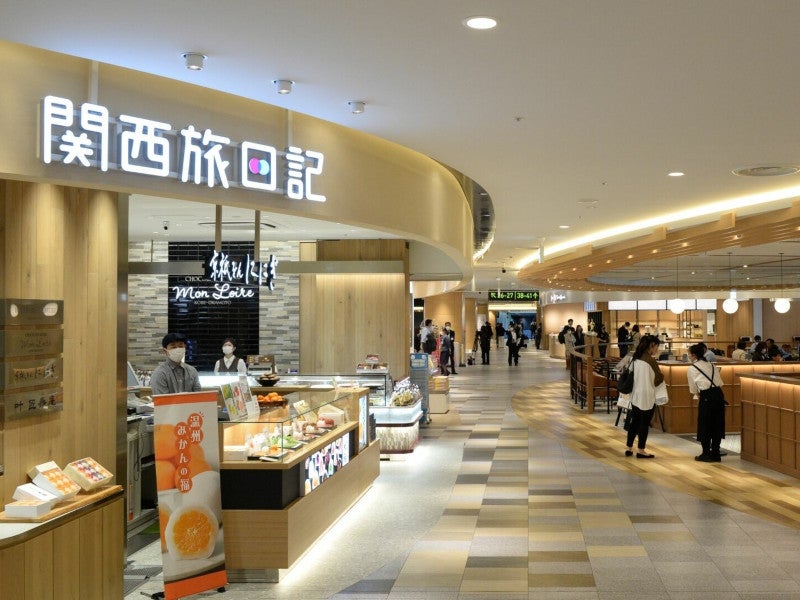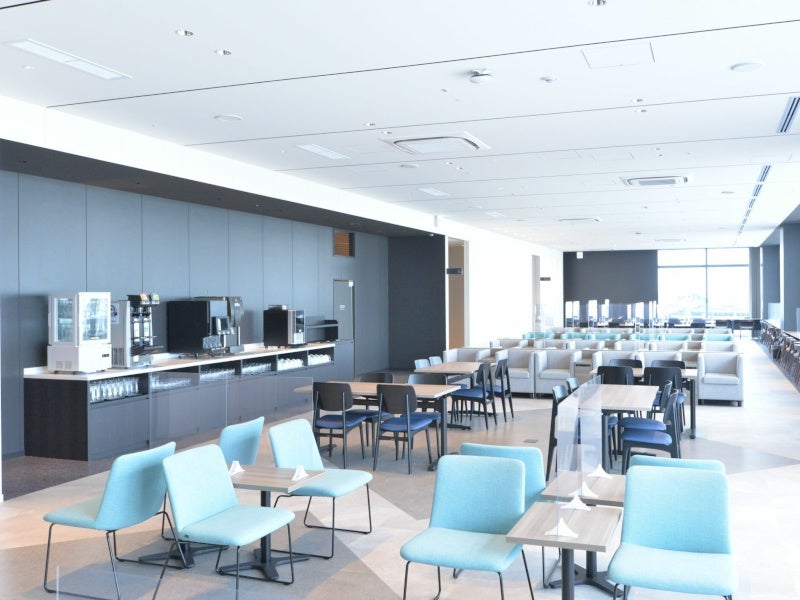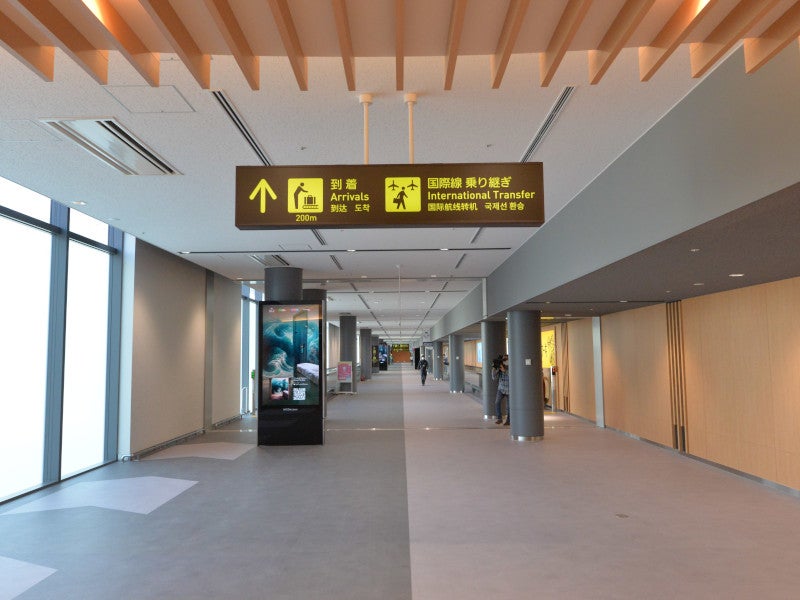Kansai International Airport (KIX), an important hub located on an artificial island in Osaka Bay, Japan, is undergoing a major renovation to upgrade and expand its Terminal 1 (T1).
The airport serves as the gateway to Kansai, the second-largest metropolitan area in Japan. It is operated by Kansai Airports under a 44-year concession agreement, which was signed in 2015.
Kansai Airports is jointly owned by Japanese integrated financial services provider Orix (40%), French airport concession company VINCI Airports (40%), and 30 local companies (20%) from the Kansai region.
The project, which represents the most significant renovation work undertaken in the region in the last 50 years, will expand the capacity for international flights and improve the passenger experience.
The ground-breaking ceremony for the KIX T1 renovation project took place in May 2021. A new domestic area was inaugurated on the second floor of the T1 building in October 2022. Subsequently, in December 2023, a new international departure area was also unveiled on the second floor. A new security screening area on the fourth floor and the international lounges on the third floor are expected to start operations in the spring of 2025.
Most of the renovation activities are expected to be completed with the grand opening of the KIX T1 in 2025 for use during the Osaka-Kansai Expo, a six-month international exhibition to be held in Osaka in 2025.
The entire renovation is expected to be completed in 2026 with the opening of the north and south commercial facilities in the international departure area. It will enable the airport to accommodate 40 million international passengers a year, a 36% increase over the volume served in 2018.
Kansai International Airport Terminal 1 renovation details
To be implemented in four phases, the project aims to address congestion problems in the international zone of Kansai Airport. It involves the reorganisation of the terminal layout to enable the relocation of domestic operations and the expansion of the international area. The terminal will be incorporated with a modern Japanese design code and additional commercial area to transform it into a gateway to Japan and the Osaka region.
The runway area will be optimised, and new relaxation areas will be added to improve passenger comfort. Features such as self-service check-in and bag drop facility, smart lanes, and e-gates will also be made available to enable quick service.
The renovation will increase the retail and food and beverage space in international departures by more than 60%. Furthermore, the airport will be upgraded to withstand major seismic events. The AGT station (Wing Shuttle) will be renovated to prepare for future international traffic recovery.
New domestic area details at Kansai Airport
The domestic area was developed under phase one of the project. In the new domestic area, the commercial area after the security inspection was expanded with six new shops, characterised by a distinct Kansai essence, including four food and beverage (F&B) outlets and two retail stores within the airside premises, alongside a domestic flight lounge accessible to eligible passengers.
WHILL automatic driving services have been introduced in the area to enable passengers to navigate the airport using self-driving mobility devices. The devices seamlessly transport individuals to their chosen destinations within the airport premises.
New international departure area details
The new international departure area, developed under phase two of the project, streamlines the passport control process by centralising immigration services, which were previously situated at the north and south ends of the terminal.
Additionally, the area features innovative commercial islands designed according to VINCI Airports’ concept of mood-based retail. The thematic islands showcase a curated selection of high-end stores from prestigious brands such as Louis Vuitton, Dior, Chanel, Hermes, and Gucci, alongside local culinary offerings and specialities.
The redesigned space includes a walkthrough duty-free shop, a central Plaza Area inspired by the cultural treasures of Kansai, and four distinct Mood Areas housing a total of 27 stores, including nine F&B outlets, seven retail shops, a duty-free store, nine boutiques, and a service provider. Each Mood Area offers a unique ambience, allowing customers to tailor their experience based on their preferences.
Sustainability features at Kansai International Airport
Efforts to conserve energy have also been implemented in the KIX T1 renovation project. It includes the installation of insulated windows featuring low-emissivity (low-E) double glazing, the utilisation of air conditioning units enhanced with energy-saving fans, inverter-controlled airflow, and CO₂ monitoring to refine ventilation, and the adoption of LED lighting solutions.
Other developments at Kansai International Airport
A new Hugo Boss boutique in the post-security area of T1 was opened in March 2020 while e-gates at the international departure area of T1 were opened in July 2020.
Spanish luxury brand Loewe opened its new store in the international departure area of the T1 in January 2021. The Agency for Cultural Affairs of the Government of Japan opened an art exhibition at the airport as part of a cultural promotion project known as ‘Culture Gate to Japan’ in March 2021.
In February 2024, Tonkatsu Wako KEI-TEI, a pork cutlet eatery, commenced operations on the landside of the second floor of KIX T1. Olive Hill, an Italian restaurant, was opened on the third floor of the Aeroplaza at KIX in April 2024.
Olive Hill integrates cutting-edge technologies, including a touch-panel ordering system and a multilingual customer guidance system available in Japanese, English, Chinese, and Korean. Additionally, service robots are employed to escort patrons to their tables and deliver meals with enhanced efficiency.
Contractors involved
Obayashi, a construction company based in Japan, was awarded a contract for the renovation of T1 of Kansai Airport.
The design team for the renovation project includes American architectural firm Populous, French consultancy company Saguez & Partners, and British design company Pascall + Watson.
Nippon Otis, a lift manufacturer known for producing elevators, escalators, and moving walkways, has been chosen to supply a set of ten elevators and a single escalator for the KIX T1 renovation project. The contract also includes the provision of eight Spec Eco lifts. KIX T1 building and other significant facilities receive heating and cooling services from Kansai International Airport Heating & Cooling Supply (KHC), a subsidiary of the Kansai Airport group.

